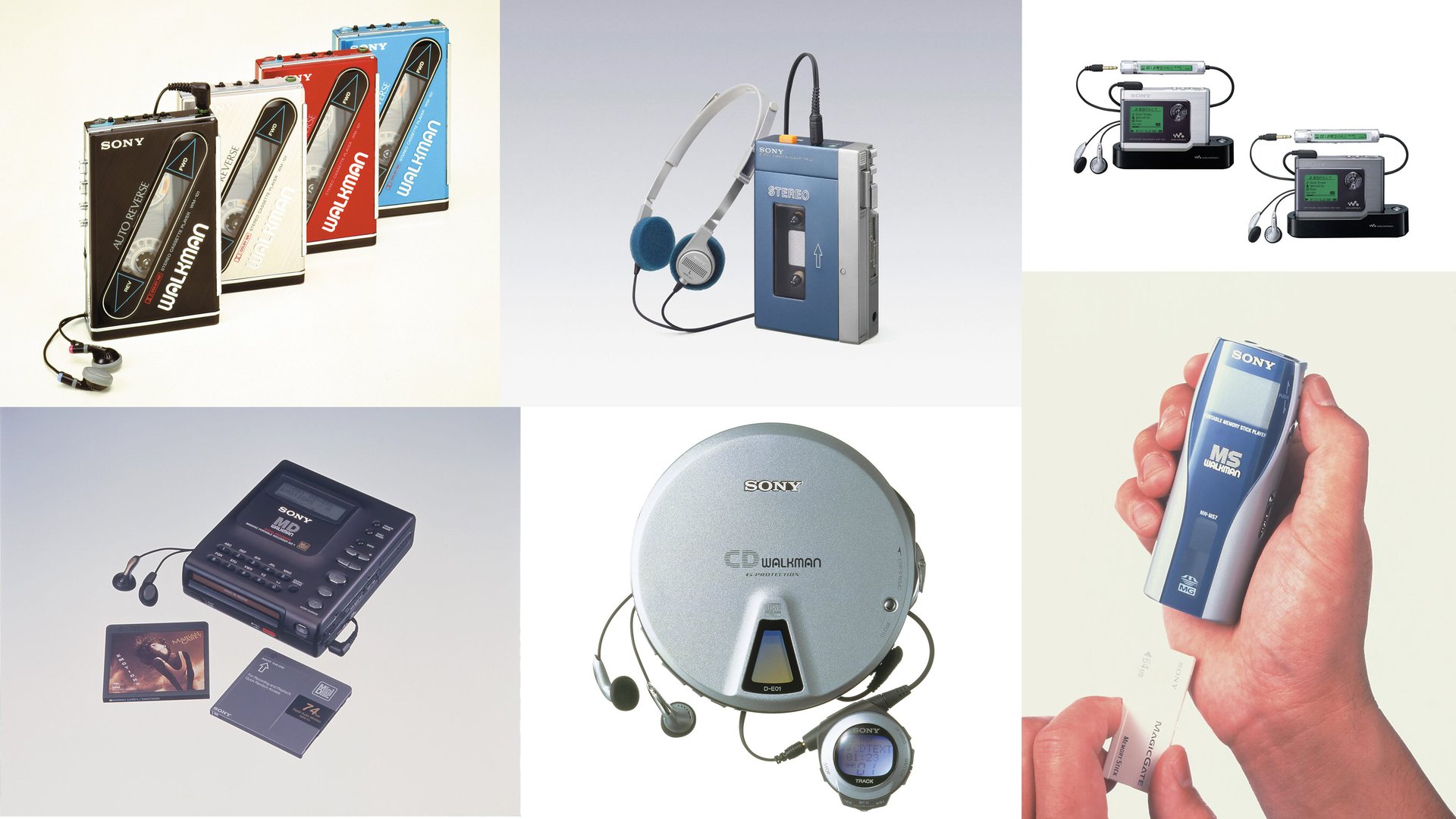The brand that kicked off the portable music revolution is now a walking zombie
Forty years ago this week, the Sony Walkman cassette player first went on sale.


Forty years ago this week, the Sony Walkman cassette player first went on sale.
The beautifully designed, easy-to-use TPS-L2 was the device that liberated the cassette from living room hi-fis and car tape decks to truly make music portable. It allowed you to walk, man. It changed the way we listened to music, and when and where we listened to it. Without it, there would likely be no iPod, no iPhone, no devices to enjoy entertainment wherever we are, whenever we’re there.
For Sony’s 35th anniversary, The Verge highlighted that the company had sold over 400 million Walkman-branded devices since the first one went on sale in 1979. Sony defined many of the eras of portable music technology since the first tape player, always managing to adapt the Walkman brand as necessary. It added radios to its Walkman, then it shifted to the CD Walkman (or sometimes, the “Discman”), and then onto the Minidisc Walkman, and finally onto the MP3 player. At one point, there was even a digital voice recorder, presumably marketed towards journalists, called the Scoopman.
It came up with some truly iconic designs along the way, as well as technical firsts, like the first portable CD player, the first minidisc player, and the first digital noise-canceling headphones. Looking at Sony’s own list of all its groundbreaking Walkman models over the years shows how impressive Sony’s technological prowess has been over the years, but it also highlights perhaps the company’s biggest problem: It apparently hasn’t released anything noteworthy since 2011, which is the last entry for a technology milestone listed in the “personal audio” section of its list of company milestones.
That’s not to say the company has run out of ideas—Sony’s PlayStation consoles and Alpha cameras remain as some of the best in their respective categories—and the company still generated around $75 billion in revenue across all its business segments last year, but the overwhelming majority of revenue came from its gaming, music, film, and imaging decisions. For years, it’s been lacking the hardware dominance it once had.
There’s a confluence of reasons for this. A great many of the products that Sony once dominated with have been replaced, or have been consolidated into other devices. Over the years, Sony has made fantastic camcorders, stereo components, cameras, portable media players, and phones. Relatively few people buy most of these products anymore, with the smartphone usurping many of these devices’ functions, and all-in-one media players from the likes of Sonos and Amazon taking a large bite out of the home audio market.
Sony still makes smartphones and MP3 players, but hasn’t been able to dominate those industries like it has others in the past. The company is in the process of trying to rediscover its premium-product roots, but it faces extremely adept competition. Samsung, Appler, and a host of affordable Chinese brands control most of the smartphone industry, with Sony not even breaking into the top five brands globally.
And when it comes to the Walkman, Sony still has a relatively healthy line of media players to choose from, including a $65 Walkman that probably would’ve given the iPod Nano a run for its money a decade ago, all the way up to a comically expensive $3,200 “WM1Z Walkman Signature Series” portable device presumably marketed to the most discerning (and frivolous) of high-end music consumers.
But nothing about Sony’s current lineup of consumer electronics products, especially the Walkman descendants, particularly reflects the influential (and often experimental) Sony of yesterday. And with Apple grappling with its own existential questions about its future, who is left to take up the mantle of the king of consumer electronics?
The Sony of 2019 is, effectively, an entertainment media and camera company that happens to still make a bunch of hardware. For now.